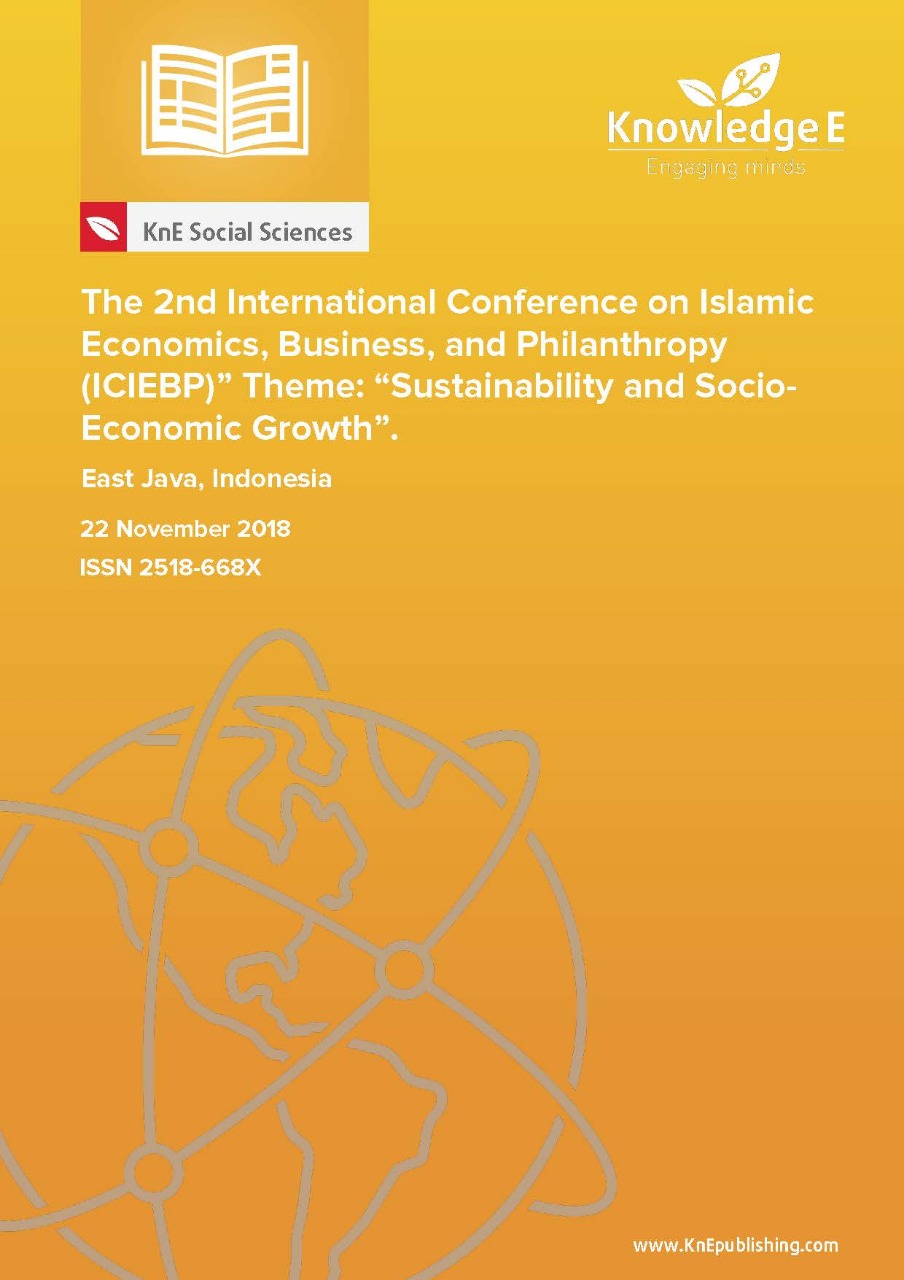The Impact of Road Construction Program: Evidence from East Java, Indonesia
DOI:
https://doi.org/10.18502/kss.v3i13.4269Abstract
The purpose of the Jalan Lintas Selatan ( JLS) construction program is to reduce the inequality between the southern and the northern area in East Java. In order to measure the success of the road construction program, this study aims to evaluate the socioeconomic impact on villages passed by the JLS. Especially in Pacitan, Trenggalek and Tulungagung districts. This study uses Propensity Score Matching (PSM) and Difference in Difference (DID) to evaluate the causal impact, while the data are obtained from survey Potensi Desa (PODES) in 2008, 2011 and 2014. The findings of this study show that the road construction program has a positive impact to the regions. Due to the construction, population density, investment and job opportunities increased. It also shortens the distance of schools to the village center, especially senior high school. Interestingly it is also decreased length to karaoke. However, we also find that the road construction reduce the Own-Source Revenue (Pendapatan Asli Daerah) of the village government.
Keywords: road construction program, Jalan Lintas Selatan, Propensity Score Matching, Difference in Difference, village socioeconomic.
References
. (2015). Laporan Akhir Tahun 2015 Pembangunan Jalan & Jembatan Lintas Selatan Provinsi Jawa Timur. Dinas Pekerjaan Umum Bina Marga Provinsi Jawa Timur
Adler, A. Tanpa Tahun. Evaluasi Ekonomi Proyek-Proyek Pengangkutan. Terjemahan oleh Paul Sitohang. 1983. Jakarta: UI Press
Anwar, A. & Tito, M. (1996). Sistem Transportasi di Kawasan Metropolitan. Jakarta dan Implikasinya Kepada Kesejahteraan Golongan Masyarakat Kecil. Jurnal Perencanaan Pembangunan Wilayah dan Pedesaan (PWD), 2: 93-123
Barro, R. J. (1990). Government Spending in A Simple Model of Endogeneous Growth. Journal of political economy, 98(5, Part 2): S103-S125
Hulten, C. R., & Schwab, R. M. (1991). Public Capital Formation and The Growth of Regional Manufacturing Industries. National Tax Journal,: 121-134
Khandker, S. R., Koolwal, G. B., & Samad, H. A. (2010). Handbook on Impact Evaluation: Quantitative Methods and Practices. World Bank Publications
Lokshin, M., & Yemtsov, R. (2005). Has Rural Infrastructure Rehabilitation in Georgia Helped the Poor?. The World Bank Economic Review, 19(2): 311-333
Mu, R., & Van de Walle, D. (2009). Rural Roads and Local Market Development in Vietnam. The Journal of Development Studies, 47(5):709-734.
Nasution, M. 1994. Manajemen Transportasi. Bogor: Gahlia Indonesia
Siregar, M. 1990. Beberapa Masalah Ekonomi dan Management Pengangkutan. Jakarta: FE UI
Warda, H. C. (2013). Analisis Ketimpangan Pembangunan Ekonomi Antara Wilayah Utara dan Selatan Provinsi Jawa Timur. Jurnal Pendidikan Ekonomi (JUPE), 1(3)
Lampiran 1 Statistik Deskriptif Variabel Outcome Desa Sebelum dan Sesudah Proyek

